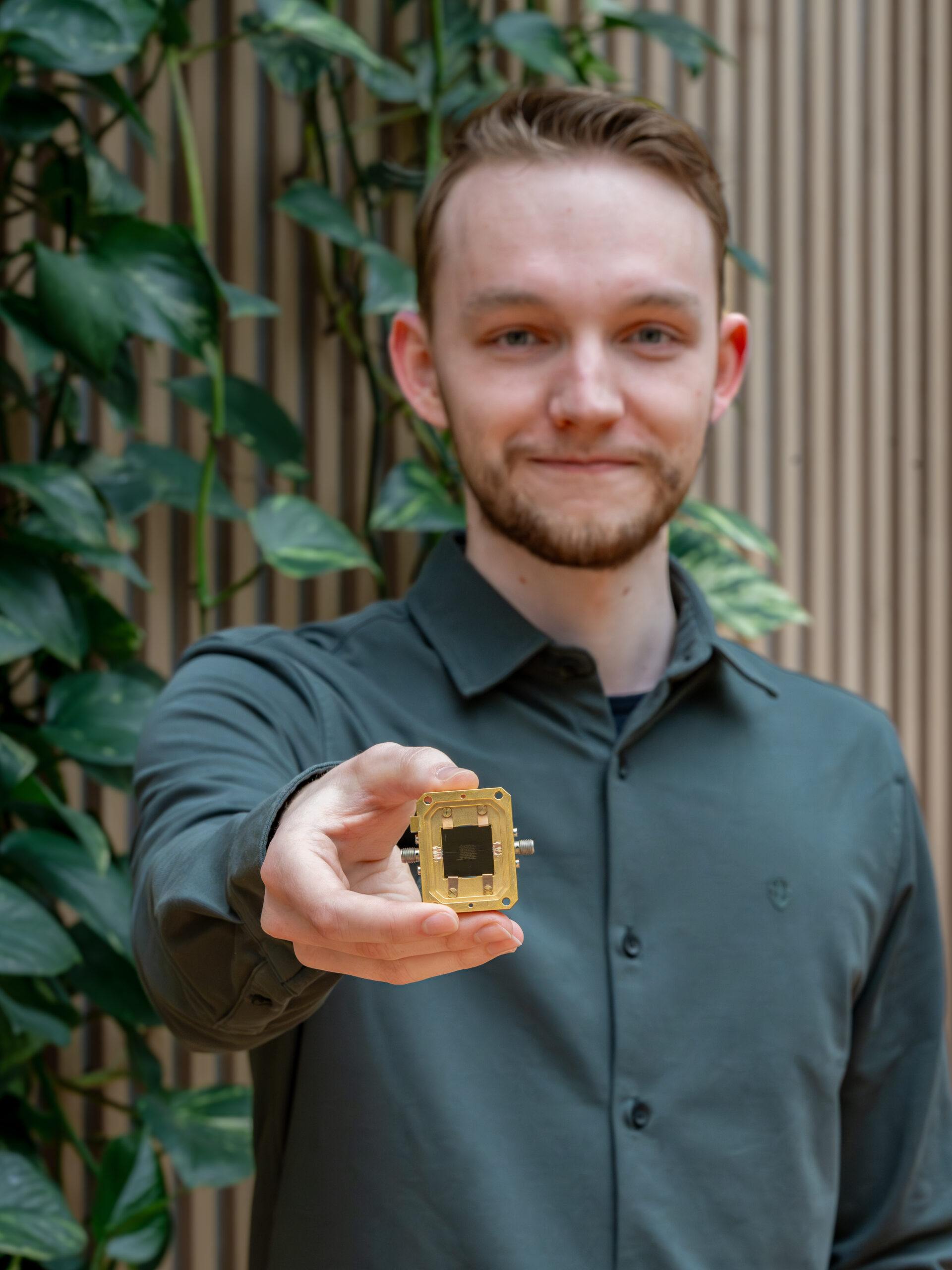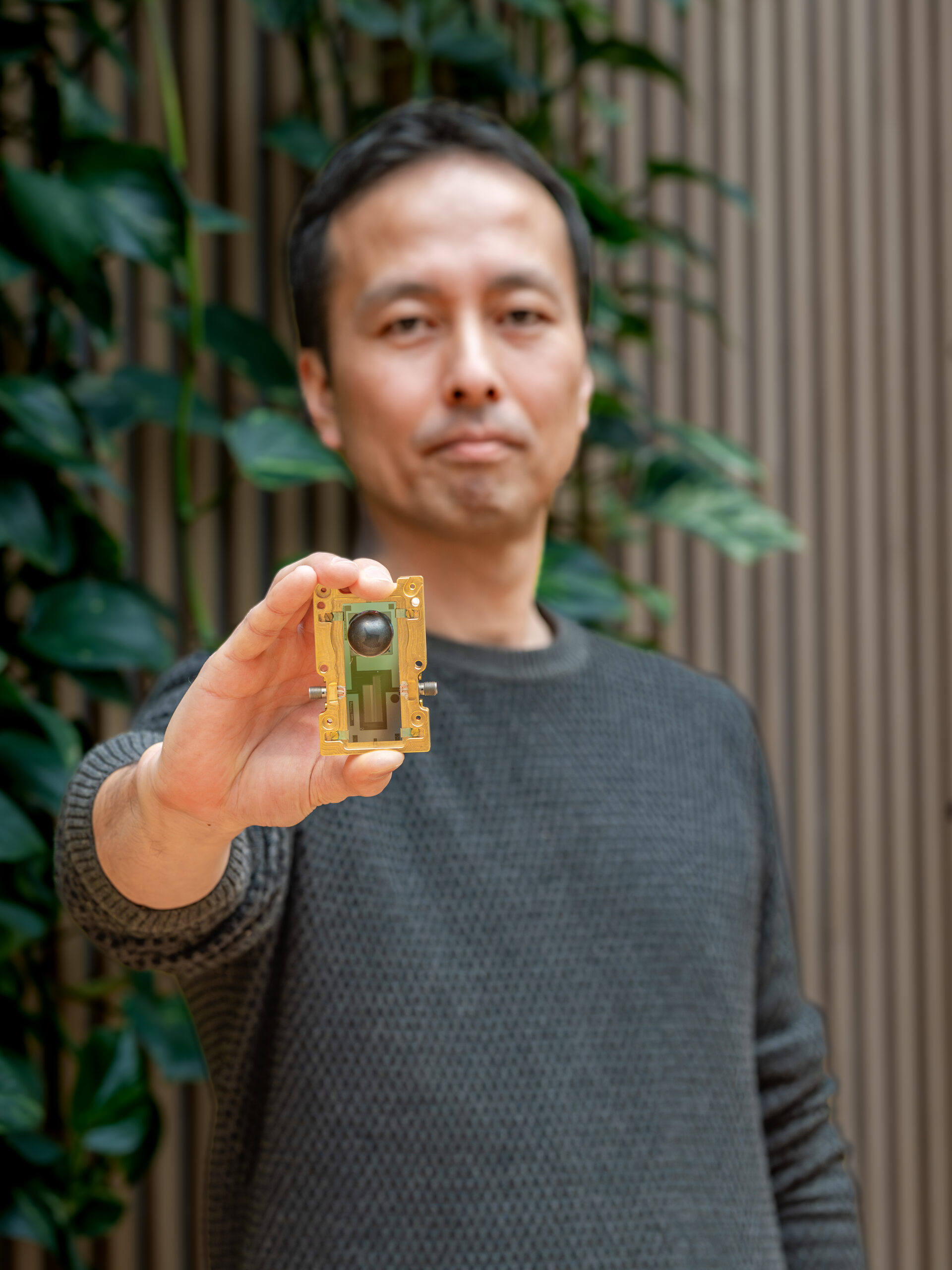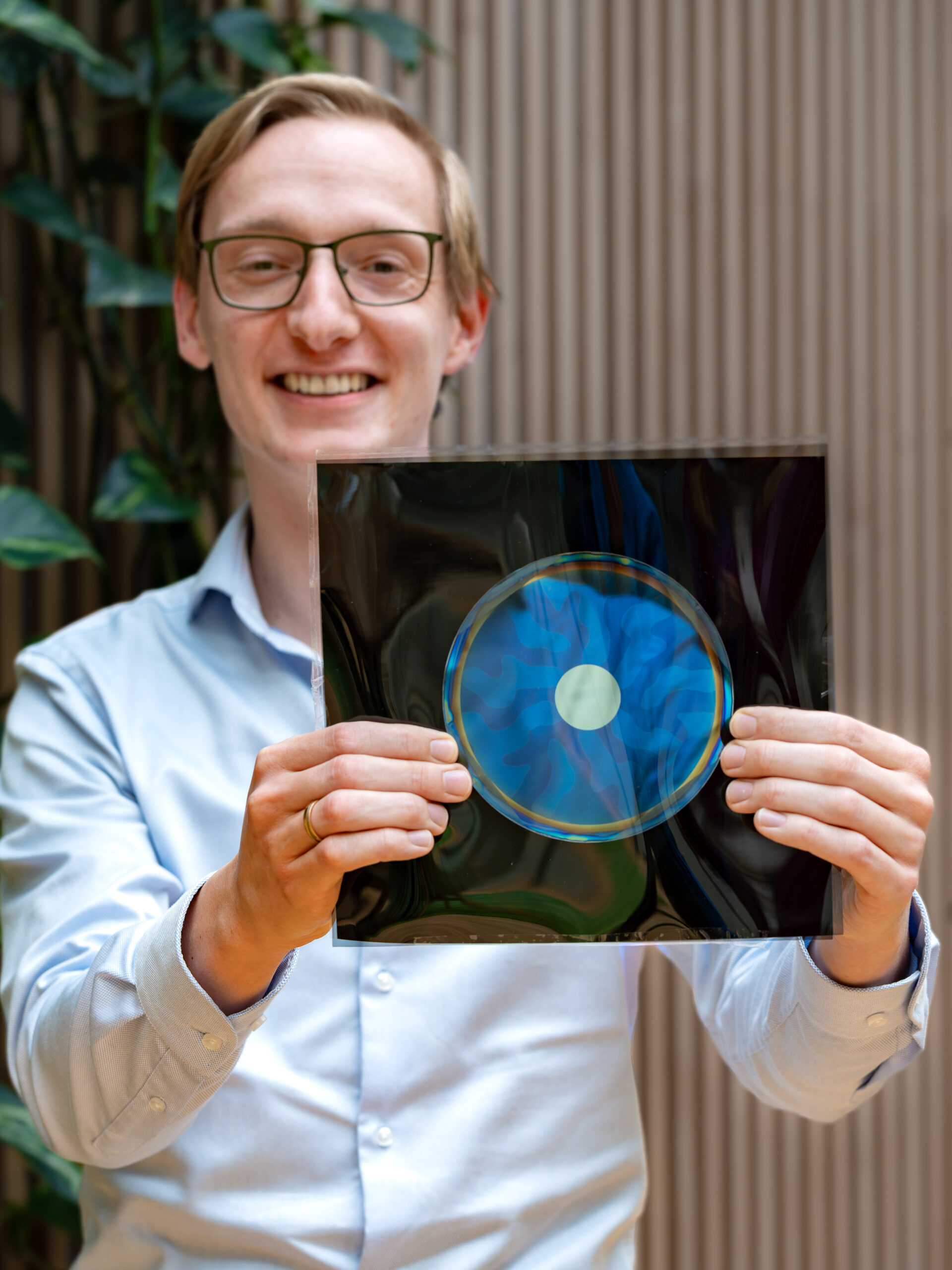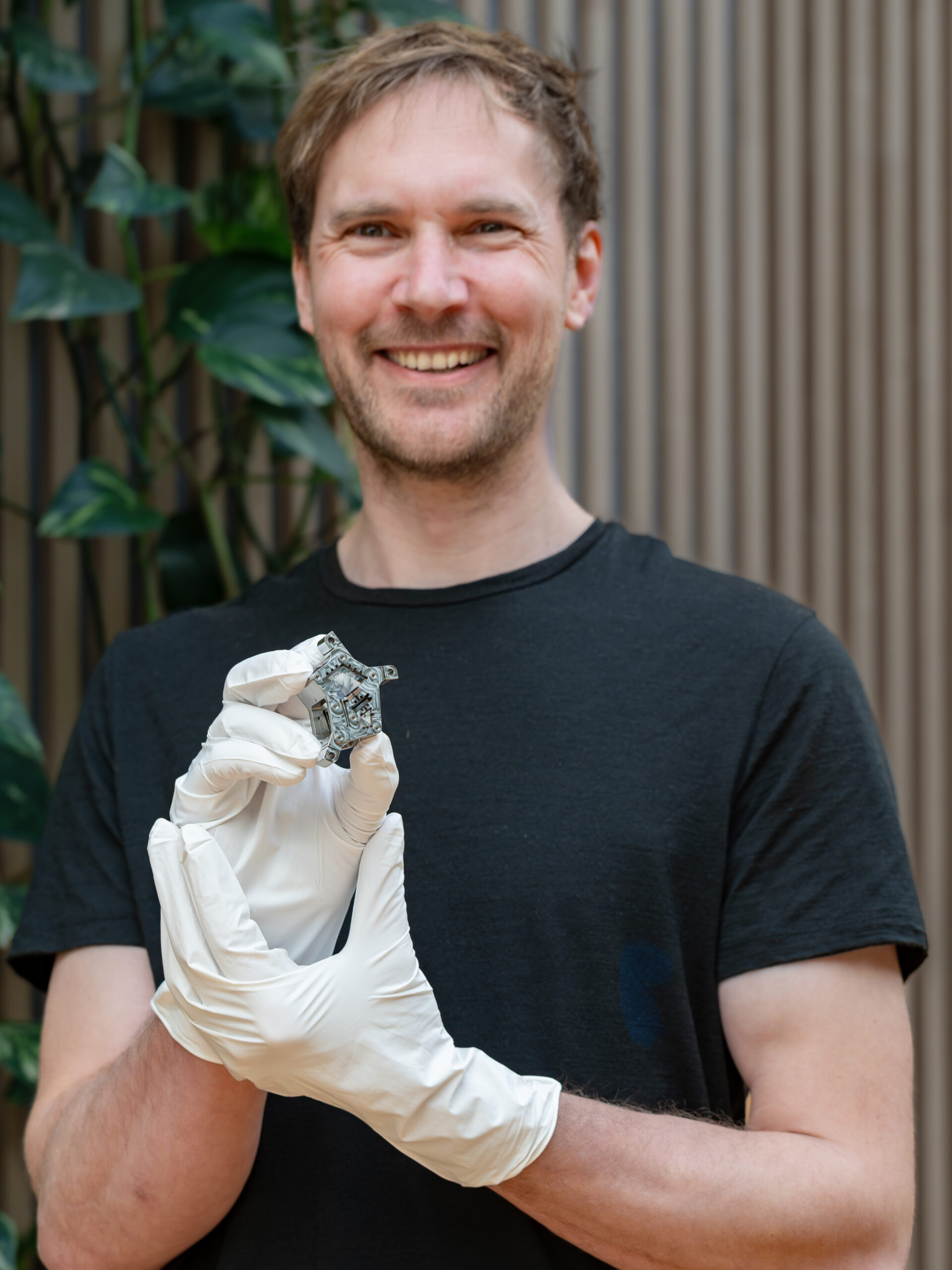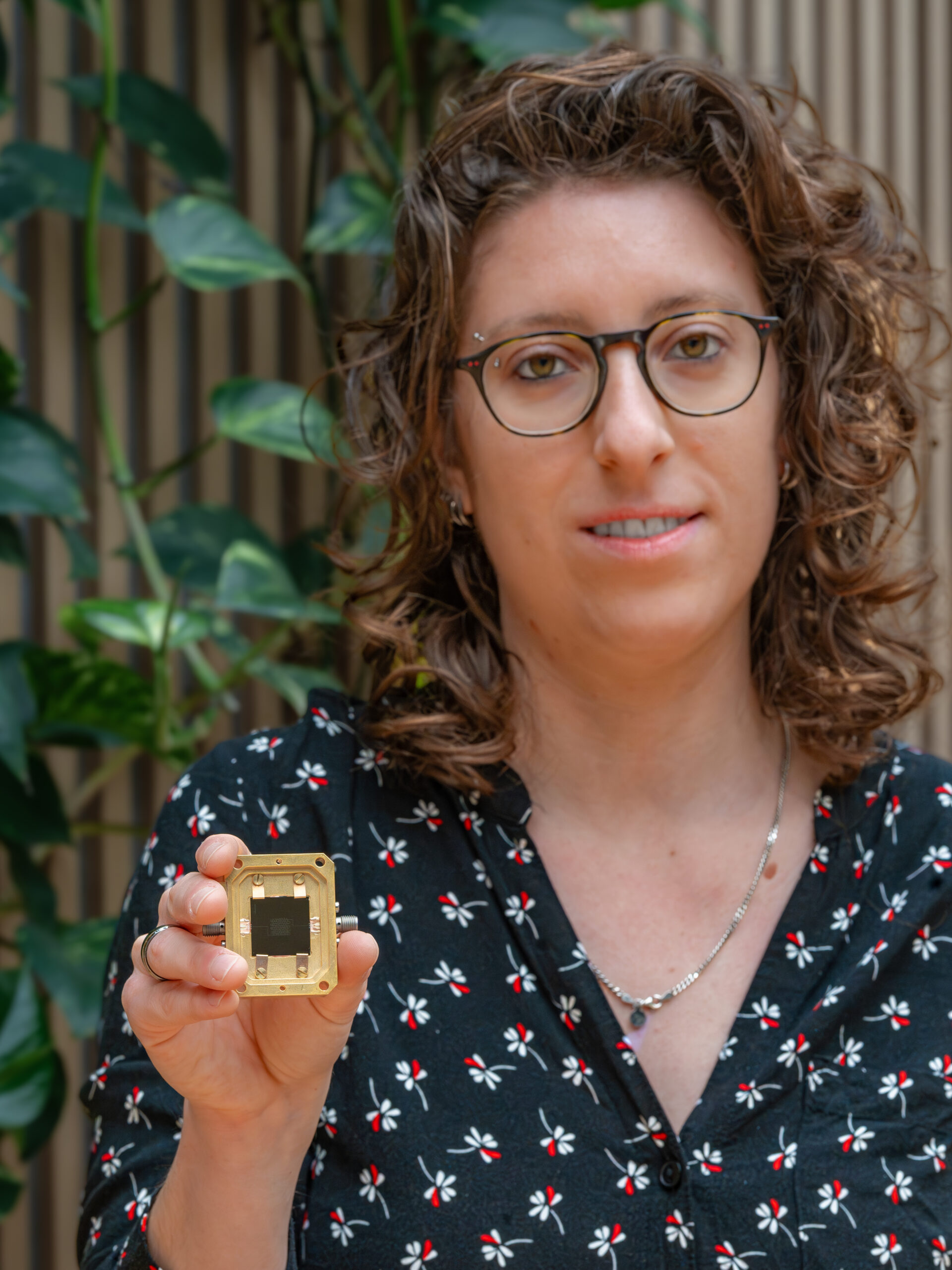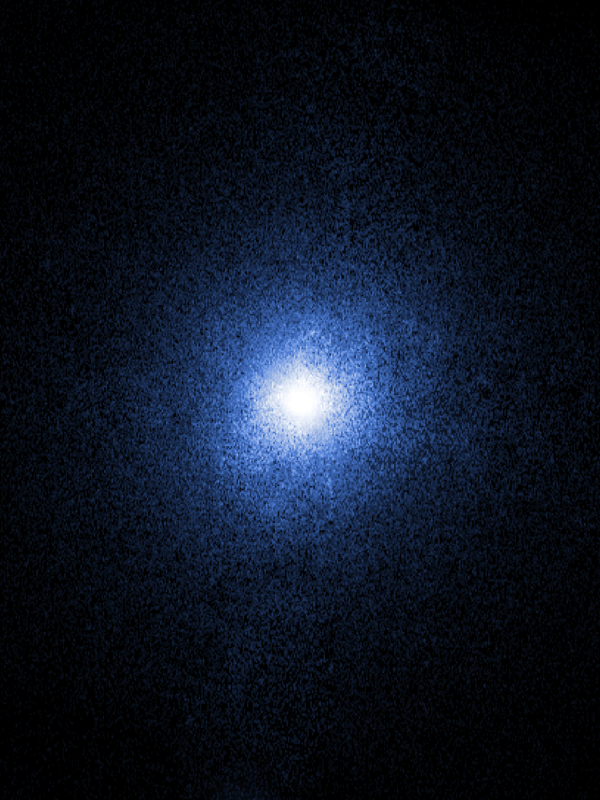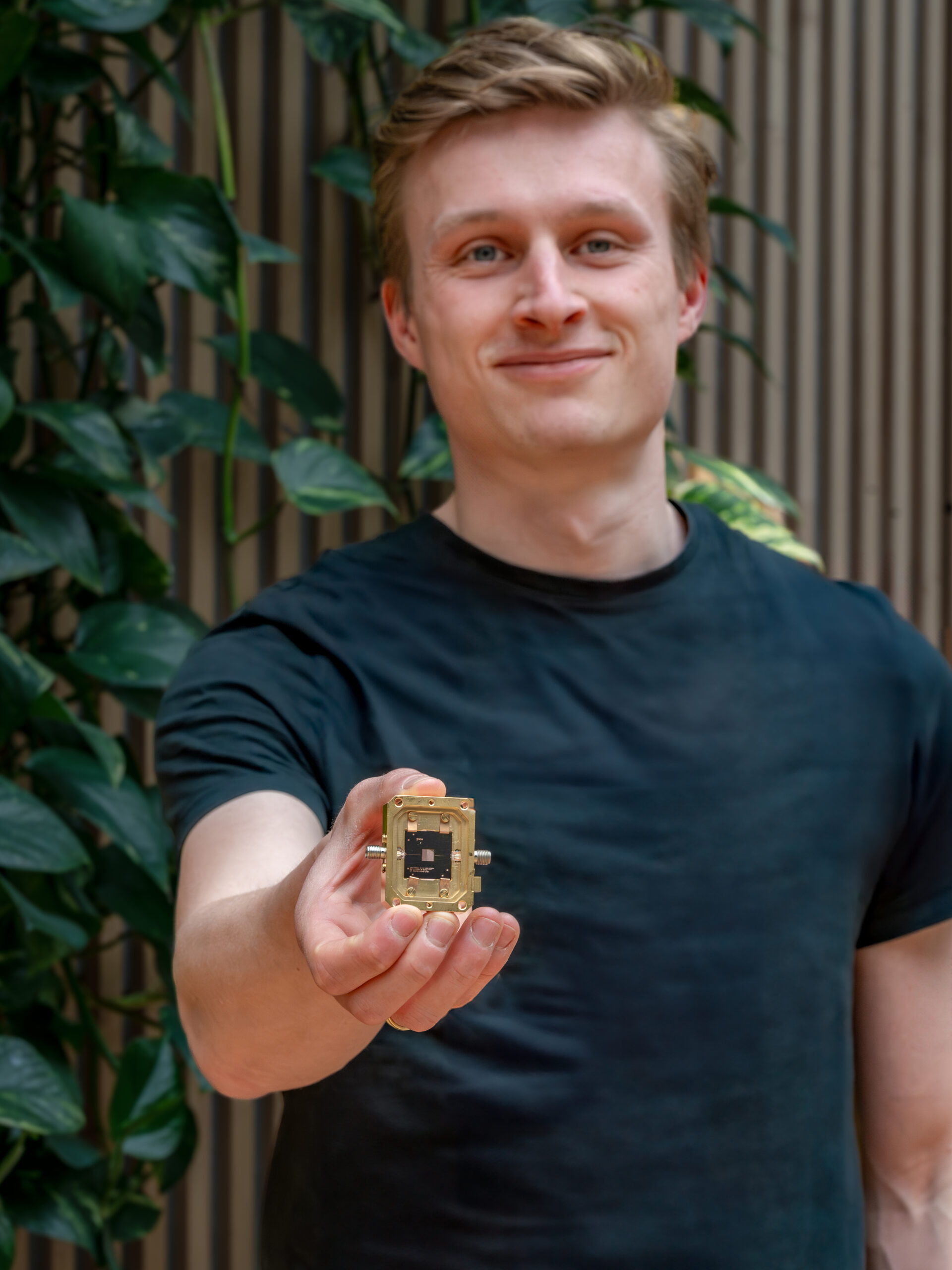With our Technology programme we look twenty years ahead to develop novel instrumentation that will open mission opportunities in space research for astronomy and earth observation. Because of the explorative nature of this research we closely collaborate with physics and engineering faculties and technical companies.
Detectors and optics
We develop technology for detectors and optics. Our detector systems and their read-out work at temperatures close to absolute zero, to obtain the best possible sensitivity in large cameras and spectrometers with arrays of detectors. Optical components that manage incoming signals —— front-ends —— allow for compact spectrometers and can go along with the best possible (cold) detectors. The detectors and optics that we develop can be optimized depending on the science case of a space mission. Our technology is therefore applicable in space instruments for various types of radiation: X-rays, terahertz and visible light.
Imaging spectroscopy via combinations of detectors and optical front-ends
For X-ray astronomy and exoplanet research, we build integral field units, which simultaneously create images and spectra while distinguishing colours at an accuracy of one tenth or even a thousandth of the wavelength. In scientific terms: the resolving power ranges from 10 to 1000s. At visible and near-infrared wavelengths, for exoplanet science and earth observation, regular optical front-ends lose their intrinsic resolving power. Therefore we develop compact optical front-ends, to push the resolving power of spectrometers from 10 to 100,000.
At far-infrared wavelengths, for star-formation astronomy and cosmology, we develop cameras and on-chip spectrometers with a resolving power of about 100.



